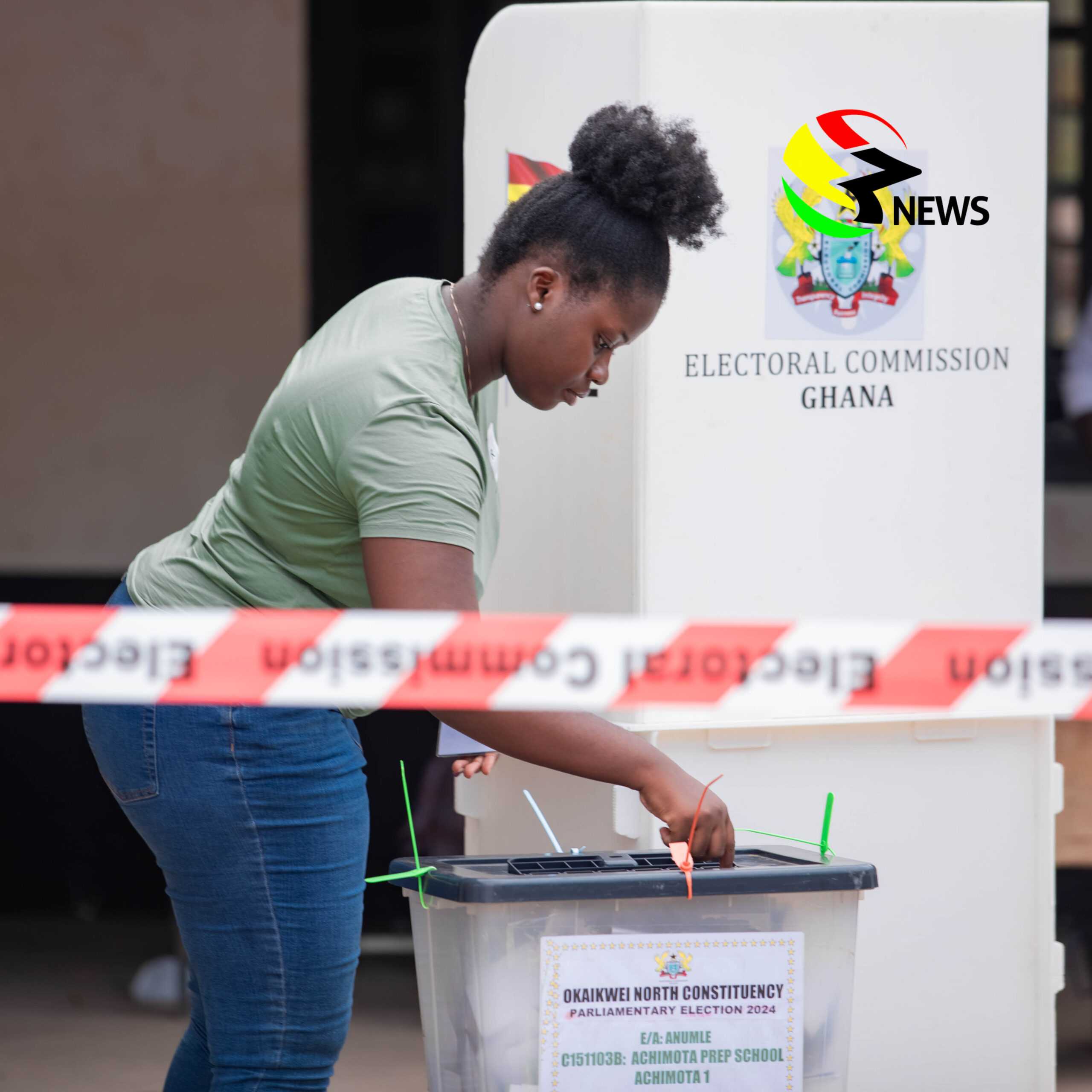What the big, beautiful bill means for AI | Vox
To hear many smart AI observers tell it, the day of Wednesday, June 25, 2025, represented the moment when Congress started to take the possibility of advanced AI seriously.
The occasion was a hearing of Congress’s “we’re worried about China” committee (or, more formally, the Select Committee on the Strategic Competition Between the United States and the Chinese Communist Party) focused on the US-China AI competition. Members of both parties used the event to express concern that was surprisingly strident and detailed about the near-term risks posed by artificial general intelligence (AGI) or even artificial superintelligence (ASI).
Sign up here to explore the big, complicated problems the world faces and the most efficient ways to solve them. Sent twice a week.
Rep. Jill Tokuda (D-HI) expressed fear of “loss of control by any nation-state” that “could give rise to an independent AGI or ASI actor” threatening all nations. Rep. Nathaniel Moran (R-TX) predicted, “AI systems will soon have the capability to conduct their own research and development,” and asked about the risks that might pose. Rep. Dusty Johnson (R-SD) declared, “Anybody who doesn’t feel urgency around this issue is not paying attention.”
Shakeel Hashim of Transformer, one of the best reporters working on AI today, summarized the hearing this way: “Washington seems to finally be waking up to the potential arrival of AGI — and the many risks that could accompany it.” Peter Wildeford of the Institute for AI Policy and Strategy headlined his post on the hearing, ”Congress Has Started Taking AGI More Seriously.”
Yet even as that hearing was unfolding, the Senate was frantically putting the finishing touches on the One Big Beautiful Bill, the gargantuan deficit-exploding legislation to cut taxes, boost military and border spending, and cut to the bone various social programs. As part of their effort, culminating in Senate passage on Tuesday, Republican senators managed to worsen some of the safety net cuts in the House version of the bill and tried (unsuccessfully, thank goodness) to add a new tax on clean energy that could make building the energy-hungry data centers AI requires substantially more expensive.
The negotiations were a reminder that, even as some parts of Congress have finally started to appear to take AI seriously, others are on autopilot and taking a series of actions that will make the US less competitive on, and less prepared for, the future of AI.
As I wrote a month ago, the One Big Beautiful Bill, in general, is not the work of policymakers who take the possibility of powerful AI seriously.
The House-passed provision stripping broadband funding from states that regulate AI suggested its authors do not think AI will be a sufficiently important technology that will need to be regulated the way telephones, electrical transmission, the internet, and other major technological breakthroughs have always been by state and local governments. Luckily, the Senate voted to strip this provision from its version of the bill on Monday night, but that hardly means the rest of the bill is harmless.
The bill’s cuts to, and imposition of new work requirements upon, safety net programs, such as Medicaid and SNAP (aka food stamps), suggest the authors do not take the risk of automation-caused job loss at all seriously. If huge numbers of Americans are about to be displaced from their jobs due to technological advancements, the last thing we ought to do is condition more support programs on work. Yet that is exactly what the bill does, and the Senate version is in many ways worse than the House one.
While the Medicaid work requirements in the House bill only apply to adults without children, the Senate bill extends them to parents with children 14 and over. It cuts Medicaid funding to states by changes to policies called “provider taxes.” Its food stamp work requirements are slightly less stringent than the House’s, but both bills open the door to states opting out of the food stamps program entirely if they so choose.
How does this connect to a future with far more powerful AI?
Imagine you lose your job as an Uber driver because of the increased popularity of Waymo and other self-driving services. You suddenly have no income. If, like most Americans, you live in a state that expanded Medicaid as part of Obamacare, you will be eligible for free health coverage as well as food stamps to help with grocery costs while you get back on your feet.
But this bill changes that. Your state might not offer you food stamps at all, and if it does, both them and your health coverage could lapse if you don’t swiftly get a new job, which will be that much harder in a world where AI eats up more and more labor.
This is not what a smart policy for people displaced by advances in AI looks like.
But perhaps the most important AI-related changes to the Senate bill are found on the energy side.
The House bill’s cuts to sources like nuclear and geothermal, which can produce the constant stream of power needed for fueling data centers and AI model training, were so severe that even Energy Secretary Chris Wright asked for them to be tapered back.
The Senate version indeed tapered those back a bit by allowing credits for projects that start construction before 2034, a few years later than the House deadlines. But it makes up for that by repealing wind and solar credits faster. In the House bill, wind and solar companies had to be operational by the end of 2028; in the Senate version, by the end of 2027.
In its initial form, the Senate bill would have taken another hatchet to wind and solar by actively taxing them, proposing a provision to tax wind and solar farms coming online after 2027 if they use components from China. The thing is that essentially every wind and solar farm uses components from China, given how dominant that country is in supply chains for these sources, and that will not change any time soon.
The energy tax was struck from the final version of the Senate bill. But its repeal of wind and solar credits remains a threat to AI as an industry.
For one thing, the bill makes everyone’s electricity, including that for AI training, more expensive. The Rhodium Group modeled an earlier, less severe version of the bill and found it would increase energy costs for industry by 4 percent to 6 percent annually. Most of this comes in the form of increased spending on fossil fuels. Because the economic case for new wind and solar production is so much worse, natural gas and coal will have to be a bigger part of the energy mix, and because they can be more expensive than renewables, that pushes up costs.
Wind and solar are intermittent sources (it’s not always windy, it’s not always sunny), which is not ideal for projects that need constant power, such as data centers. But with the addition of batteries, wind and solar can provide more constant wattage, and sure enough, data center users like Google have bet on wind/solar-plus-batteries as an energy source for their facilities.
More to the point, AI is moving very quickly and the buildout of these data centers and their power sources has to happen fast. Nuclear can provide clean baseload electricity, but the two most recent nuclear plants in the US took a decade to come online. Enhanced geothermal, the kind that can be installed anywhere and not just in seismically active places like Iceland, is still years away from deployment at scale, despite big recent strides.
Solar/wind plus batteries is a technology that can be deployed fast. The Solar Energy Industries Association (hardly a disinterested actor, but I think it’s right on this) found that while solar and wind plants take on average less than two years from conception to coming online (as do battery plants), natural gas can take twice as long and coal three times. Small wonder that in 2024, 93 percent of new power capacity in the US last year came from solar, batteries, or wind. It’s just about the only electricity source you can get up quickly.
If you can’t get fast clean energy anymore, because Trump’s policies have made it uneconomical, then AI firms are going to have to rely on slow-to-build, dirtier energy. There is a huge shortage of natural gas turbines in the US right now, with waiting times doubling in the past year. That shortage will get worse if the tax bill shifts demand currently aiming for wind and solar toward natural gas. That will, in turn, slow the data center buildout.
It might be tempting, if you’re skeptical of AI’s benefits or worried about its risks, to think that this is a positive. They’re slowing down progress, and progress in this field could be dangerous.
I fear this is failing to think an extra step ahead. The most likely result isn’t that no data centers get built, but that they get built in countries that do subsidize solar, wind, and batteries. It would be very good news indeed for China, for one thing, whose AI firms would gain a great opportunity to match US labs, which they’re not too far behind as it is. It would also be very good news for the United Arab Emirates and Saudi Arabia, which are putting huge amounts of oil money behind data center projects for AI firms, projects that inevitably will be subject to the pressures of these dictatorships.
The bill would not increase AI safety. It would simply cede leadership in the race to China, and/or force the US to rely on dirty energy and worsen climate impacts to keep up.
If you put a bill before Congress stating that it is the policy of the United States to fall behind China in AI development and to put American firms like Google, OpenAI, and Anthropic at a disadvantage to Chinese companies like DeepSeek, Tencent, and Huawei, it would get no votes. But this is effectively what the One Big Beautiful Bill is offering.
What Congress seems ready to pass is less an industrial policy than an industrial suicide note. It is truly beyond me that any members of the House or Senate, let alone majorities, are signing it.
See More:










